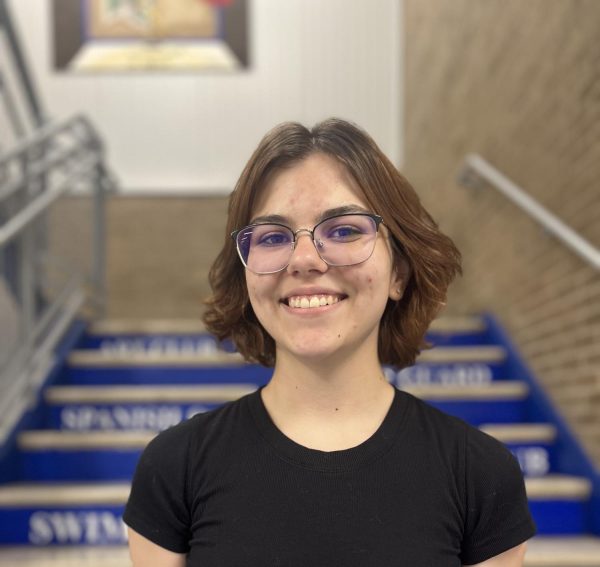Life’s an open book
Exploring the wonder of reading
Photo by and used with the permission of rawpixel.com
Rows and rows of books to choose from, but how? LZHS English teachers have pages of advice.
Though most children nationwide are taught to read by the age of seven years old, studies by the American Psychological Association show that 80% of American teenagers do not read for pleasure on a daily basis. To encourage students to read for enjoyment, some teachers make it their mission to not only have their students read, but to help them enjoy it too.
“[Students] tend to forget that there’s other [reading materials than what are assigned in class] out there that they might enjoy,” Emily Boyas, English teacher, said. “When somebody tells me they don’t enjoy reading, the first thing I say to them is, ‘it’s not that you don’t like reading, it’s that you haven’t found your book yet.’”
According to Boyas, students ‘finding their book’ can open them up to many opportunities given by reading.
“When you get a chance to read, you get to explore it with different books, and you get to enjoy all of these different worlds and learn new things that allow you to escape from your reality. And sometimes you just need that,” Boyas said.
Since they need to find books that work for them, Boyas says she takes it upon herself to encourage students to pursue novels on topics they are interested in.
“I have made it a goal in my life and in my classroom [to give my students time to read what they want],” Boyas said. “It’s important that [my students] are exposed to things besides what we assign.”
In order to achieve this goal, Boyas works her classes schedule around independent reading time for her students; there are no restrictions on what book they may be reading and they are free to exchange books any time. According to Boyas, this approach has helped many of her students learn to read for pleasure and not out of obligation.
“[My students] tell me that they hate reading and then I will introduce them to book, after book, after book, after book. A lot of times they’ll just drop them, but eventually they’ll find the one for them,” Boyas said. “It’s all about getting to that point [of loving to read]. Because once they get to that point, they don’t need me anymore. And they are just reading these books and asking to go get others when they’re done. They know what they like and they pick the books themselves.”
Boyas isn’t the only one who supports giving students the opportunity to choose their own reading materials; Lauren Katzman, English department head, believes that freedom can even be worked into the curriculum.
“It’s something we’re still developing as a department and as a school, to give students that choice, whether it’s a list [of books to choose from], or it’s literature circles. I think there’s absolutely a way to bring those things into the curriculum,” Katzman said.
Along with working more independent reading into English classes, Katzman says that the social aspect of reading is vital to students’ reading habits. According to Katzman, finding other people and hearing about what they are reading shows students that reading does not need to be an individual activity.
Overall, according to Boyas and Katzman, aversion to reading isn’t permanent, and should rather be seen as a challenge to overcome. And the first step in overcoming this challenge, Katzman says, is figuring out what you’re interested in.
“Take away that idea of reading and say ‘what do I like to do with my time’ or ‘what am I interested in doing outside of high school or post high school’? And then finding a book on that topic,” Katzman said. “That’s what’s gonna pull your interest.”

As a senior, this is Sadie’s third year on the Bear Facts staff, and is excited to act as the Print Editor-In-Chief for the 2024-2025 school year. Though...

